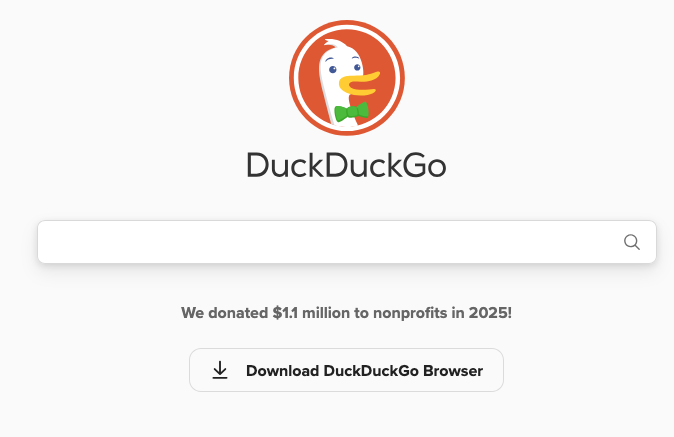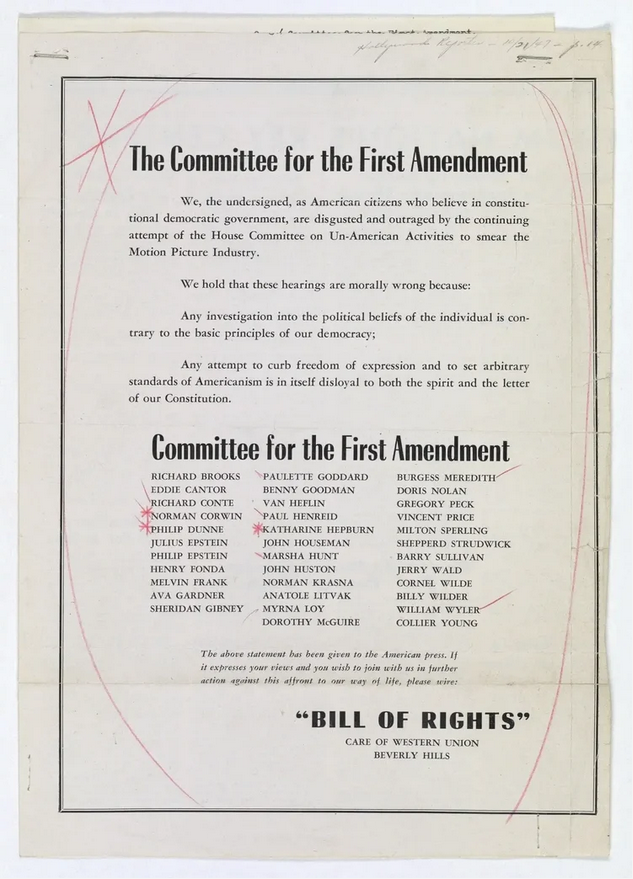Build a Squad
Identify a group of 3-6 people who have similar resistance values and priorities. Plan an action together. Pick something simple: a protest, calling Senators, writing postcards. You’re laying foundations for a core group you trust.

How to do it:
Do your organizing in person, or use Signal. Think through friends who seem to have similar resistance priorities: people who are upset about the same things, and have a similar take on news stories. If you’re already good friends, just ask if they want to form a cell nucleus. If you don’t know them as well, start slow with a visit over coffee. Bring up politics. See how they respond.
Once you have one more more candidates, plan a simple resistance event. Choose something non-controversial with easy organizing requirements: a visit to your Senator’s office, or make signs together before a protest. If it goes well, up the ante a bit with something that takes more organizing: a postcard party or planning a training or protest. You’ll get a feel for which people match your enthusiasm and values. Activism is like anything else: there are practical, personal, and ephemeral elements to a group that really works. Keep trying until you find 1-5 other people who mesh well.
4-6 is the optimum size for an informal group to maintain agility. If you find yourself growing beyond that size (or tackling projects that require more people) either let each core person head their own “team” that they take responsibility for managing and communicating with, OR study organizational principles and find mentors among the activist community to help you grow. Many big groups began with two people and an idea. The successful ones had experienced organizers, or effective mentors.




